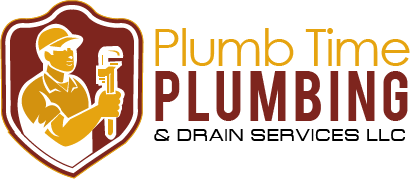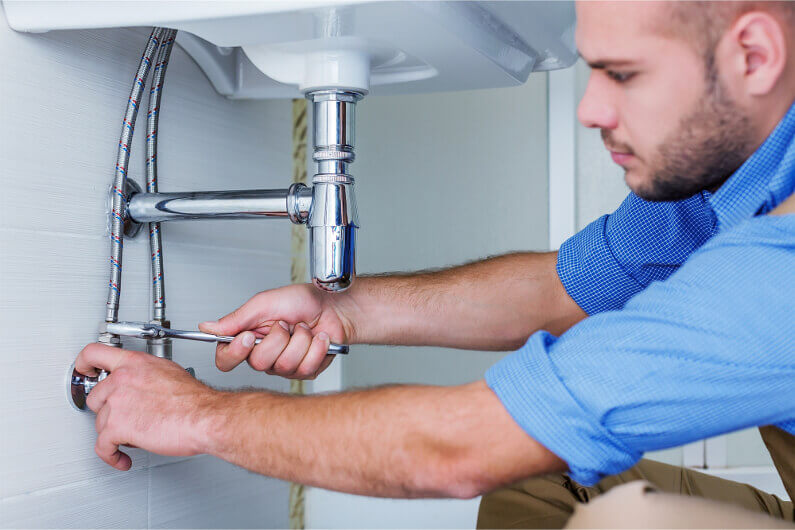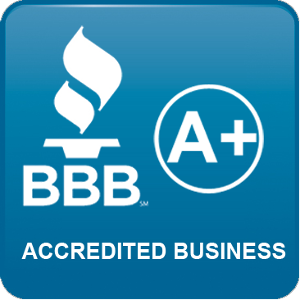The backflow preventer is a little-known device that does a lot of work but often goes unnoticed.
As the name suggests, this is a device that prevents backflow, which is a common phenomenon in many commercial establishments and residential complexes. It’s hard to find backflow preventers in single-family homes because there’s barely any backflow.
The backflow preventer is what keeps your water potable and also makes it clean enough for household use. In practice, backflow isn’t a huge deal, except when the backflow is from a contaminated source. That’s why plumbers in Columbia SC stress the importance of backflow maintenance for the health and safety of SC residents.
In this piece, we’ll be highlighting the importance of backflow maintenance and why it’s so important.
How Does Backflow Contaminated Water?
Pressure in your pipe keeps water within the system flowing in a particular direction. If the pressure in the system weakens, water flows backward instead of forwards as it should. When it does so, it introduces contaminants into your plumbing system, which supplies your drinking water.
The process where negative pressure introduces contaminants into your drinking water is known as back-siphonage. Remember, contaminated water has been attributed to 485,000 deaths worldwide each year. Next time you want to overlook backflow, keep that tiny statistic in mind.
Having established why backflow is detrimental to your health and even lead to death, let’s look at how you can tell you have backflow.
Enter the Backflow Preventer
As mentioned earlier, backflow is more common in multi-family complexes and commercial buildings. That’s why cities or municipal water supplies have put in place measures to curb this backflow into drinking water. In fact, in most urban areas, the law requires every commercial and residential to install a water preventer following their respective building codes.
Once the city does its part, it’s up to you to ensure that you keep your backflow preventer in pristine shape. You also need to have backflow testing at least once a year to find out whether there’s any backflow in your drinking water. That way, you can ensure the health and safety of your family or employees.
Signs That You May Have a Backflow Problem
When you open your faucet, you expect clean, odorless water to flow uninterrupted from it. When that doesn’t happen, then there’s a problem with your plumbing. Here are a couple of signs that you may have a backflow problem.
When your water is discolored– One clear sign that you have a backflow issue is when water from your tap is discolored. Even if the water is only slightly discolored, there’s still is backflow in your system. When your water turns brown, yellow, or pink, then you need to call a plumber ASAP.
When your water tastes funny– Water shouldn’t have any taste at all. So if it suddenly tastes salty or even tastes sweet, then you have backflow issues. Abstain from drinking any water that tastes funny; at least have a plumber check it out first.
Visible sediments on the water– Visible particles in your tap water only spells bad news. These particles may either be silt or rust particles. Both cases indicate a backflow problem that you need to address.
Changes in water pressure in some taps– if you notice that pressure is low in some faucets and high in others, then you may have a backflow issue.
Although it’s somewhat difficult to tell whether you have a backflow problem, these signs are all you need to come to that conclusion. If you experience one of the above, then you might have a backflow issue.
When Do You Call a Plumber?
We’re glad you asked because knowing the right time to call a plumber will help you sidestep a lot of health complications. Who knows, it might even save a life.
You should call the plumber whenever:-
- Your water suddenly changes color
- Your water has a weird metallic taste
- Your water smells like sewage (extreme health hazard)
- You have unexplained changes in water pressure
Even if you only notice one of these signs, you should still call your plumber ASAP. However, don’t just call any plumber; for the best results, only the best plumber in Columbia SC will do. You should also call a plumber when it’s time for your annual backflow preventer test.
Types of Backflow Prevention Devices
There are two devices that you can use to prevent backflow in your plumbing system. Let’s look at them in detail to find out how they work.
Backflow preventer Valve
This is a special type of valve that, you guessed it, prevent backflow. Also known as a check valve, it prevents water from flowing in any other direction other than forward. The valves provide standard protection from backflow but aren’t an adequate solution for potable water supplies.
Air Gap Preventer
This is the simplest device for preventing backflow into your drinking water supply. The device creates a space between two connections. The air gap prevents water from pooling and flowing backwards in the system.
For your backflow preventer to work as it should:-
- The device should be five feet below the ground
- The size of the drain pipe should correspond with the size of the backflow preventer
- It should be spaced correctly for regular testing and inspection
If you take heed of the above, then you’ll have a backflow preventer that will serve you well. Also, make sure you get the right people for your backflow preventer installation.
You Need Backflow Maintenance With the Help of Plumbers in Columbia SC
If you live in a multi-family residence in Columbia, SC, or you own a commercial building, then you need regular backflow maintenance. With plenty of plumbers in Columbia SC, arranging for backflow maintenance should be a breeze. However, be careful with the plumbers you pick for your backflow maintenance.
When it comes to backflow testing and maintenance, only the best can do. For professional and expedient backflow maintenance, contact us today, and we’ll sort you out.










